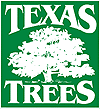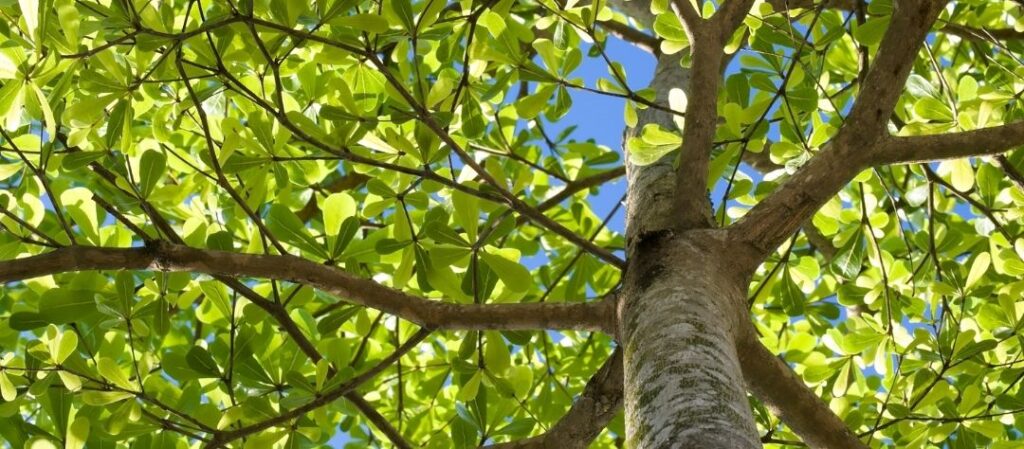We often view trees as strong and sturdy, which is most often true! However, sometimes trees actually need a bit of extra support to keep them intact, and to keep you and your home safe. If you have a tree that looks weak, you might consider tree cables and braces to keep your tree beautiful and strong. Learn more about how proper tree cabling and bracing can protect your trees and property:
Signs to Look For
If you notice that your tree is displaying any of the following signs, your tree might be in distress and need help from a licensed professional at North Texas Trees:
- Weak Branches
- Multiple Stems
- Leaning to one side
- Extreme swaying in the wind
These signs might be caused by the age of a tree, type of wood, infestation, storm damage, or inadequate care. No matter the cause, a weak or compromised tree can be hazardous to your property if not supported with the use of tree cables and braces.
How Tree Cables and Braces Work
Although cables and braces are often used together, they each have different uses, placements, and benefits. Cables are inserted into the upper crown/canopy of your tree to minimize movement of branches during heavy winds and storms. Braces are placed throughout unions of weak branches to prevent them from twisting during extreme weather conditions. Both cables and braces need to be installed by professionals to maintain the integrity and health of the tree without creating more damage.
North Texas Trees has been helping residents in the DFW metroplex with tree cables and braces since 1980. Our professionals are certified, experienced arborists who will be able to assess your unique tree situation and design a solution no matter the size of the tree! If you believe your trees might benefit from cabling and bracing, call us at 972.423.8733 to get started.

